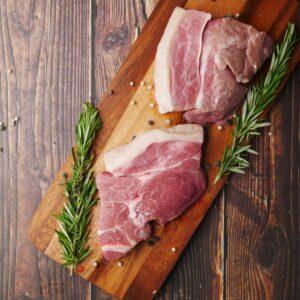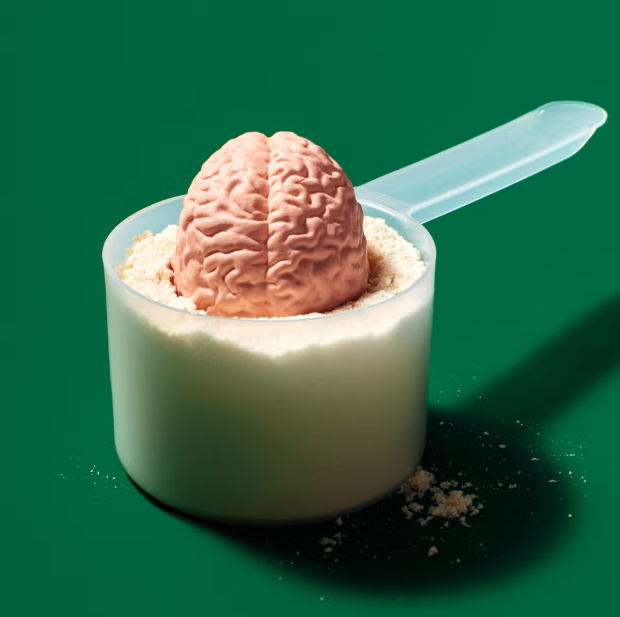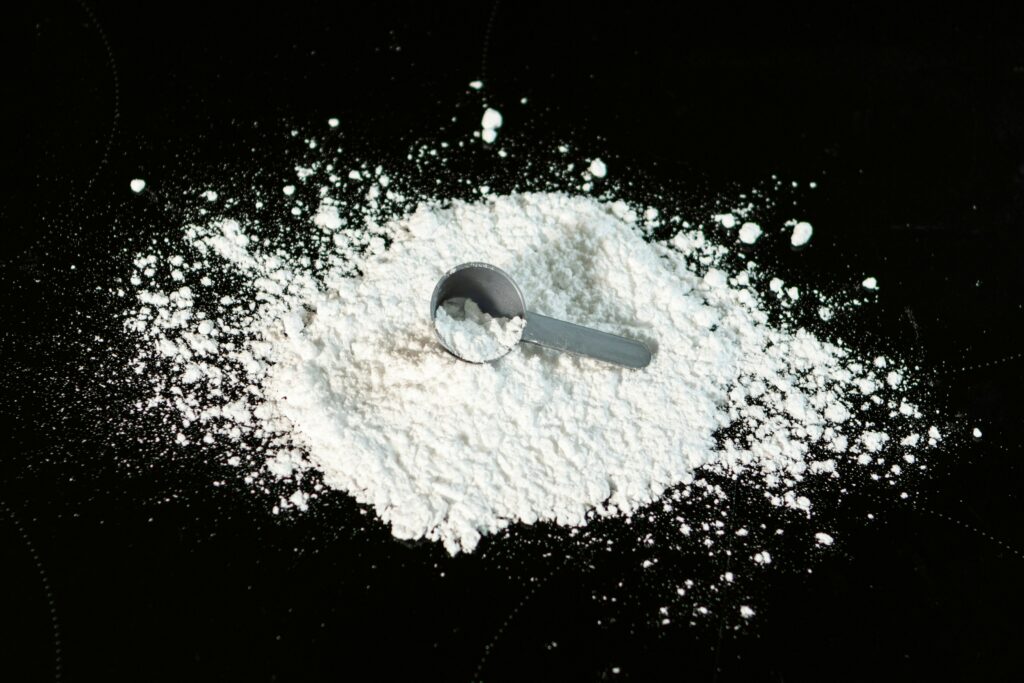A NEW GLOBAL report shows that nearly half of the average Australian diet is made up of ultra-processed foods (UPFs), placing us among the world’s highest consumers. While UPFs aren’t inherently evil, research increasingly links high consumption to poorer health outcomes.
But while it’s easy to spot many UPFs (potato chips, lollies and chocolate bars are quite obviously ultra-processed), many of them fly under the radar and can easily be mistaken for a wholesome staple. Walk down any aisle in a supermarket and you’ll find products that look healthy, are marketed as clean or nutritious, and even sit in categories we think of as fresh, yet still fall under the ultra-processed definition.
Below are ten foods Australians buy all the time, believing they’re convenient or even good for us, but are actually ultra-processed. You don’t need to cut them out completely, but knowing what they are (and why they qualify) can help you make more informed choices.
1. Flavoured yoghurt cups
They may look like a smart snack with their labelling preaching that they’re a good source of calcium and probiotics, but most flavoured yoghurts contain added sugars, stabilisers, gums and artificial flavourings. Even those marketed as high protein often rely on processed milk powders and thickeners. They still are a good source of calcium, but they come with their downsides too.
2. Protein bars
Despite the health-friendly branding, the majority of protein bars are closer to confectionery than health food. They typically contain isolated proteins, artificial sweeteners, palm oil, flavour enhancers and sugar alcohols.
3. Plant-based milks
Almond, oat and soy milks can be great alternatives, but the packaged varieties almost always include additives like emulsifiers, gums, stabilisers and added flavours. The longer the ingredients list, the more processed it likely is.
4. Wholegrain breakfast cereals
Even cereals marketed as high fibre or heart-healthy often contain extruded grains, sweeteners, preservatives and colouring to maintain consistency and shelf life.
5. Pre-packaged bread
Most supermarket breads contain emulsifiers, preservatives, dough conditioners and stabilisers to improve texture and extend shelf life. Even multigrain or low GI varieties usually fall into the ultra-processed category.
6. Salad dressings
A bottle of dressing can be loaded with emulsifiers, gums, stabilisers, added sugar and industrial seed oils. UPF dressings often contain more artificial ingredients than actual vegetables.
7. Microwaved rice
Convenient, yes, but heat-and-eat packets of rice use acidity regulators, emulsifiers and anti-caking agents to stop clumping and ensure a long shelf life. Even plain brown rice versions usually count as UPFs.
8. Veggie chips
Marketed as a wholesome alternative to potato chips, most veggie chips are still highly processed. They’re usually made from dehydrated powders mixed with starches, flavours and oils rather than whole vegetables.
9. Ready-made soups and bone broths
The kind of soups you can get in a can or a packet often contain thickeners, preservatives, artificial flavours and reconstituted ingredients. So-called natural bone broths also frequently rely on flavour enhancers and shelf-life stabilisers.
10. Frozen meals
Whether they’re macro-balanced or plant-based, most premade frozen meals use stabilisers, preservatives and artificial flavours to keep them tasting fresh after some time in the freezer.
Are ultra-processed foods really that bad?
Ok, we’ve been banging on about why you should avoid ultra-processed foods, but the reality is that they’re not inherently dangerous. They wouldn’t be on supermarket shelves if they were.
Framing UPFs as toxic oversimplifies a complex nutritional breakdown. UPFs exist on a spectrum, and many can play a practical, even positive role in your diet. They help reduce food waste, last longer on your shelf and are more affordable and convenient for people who don’t have the time or resources to cook from scratch every day.
Some UPFs, like cereals, protein bars, yoghurts and long-life milks, do actually offer important nutrients. And while high UPF intake has been linked with poorer health outcomes, the issues usually stem from patterns of overconsumption, not the mere presence of a UPF in your diet.
What matters most is balance. Have plenty of whole foods, have everything in moderation and adopt a lifestyle that supports holistic health.


















